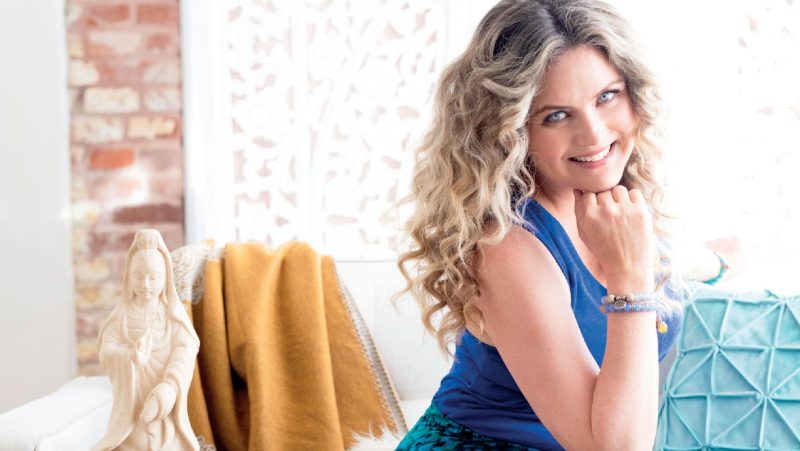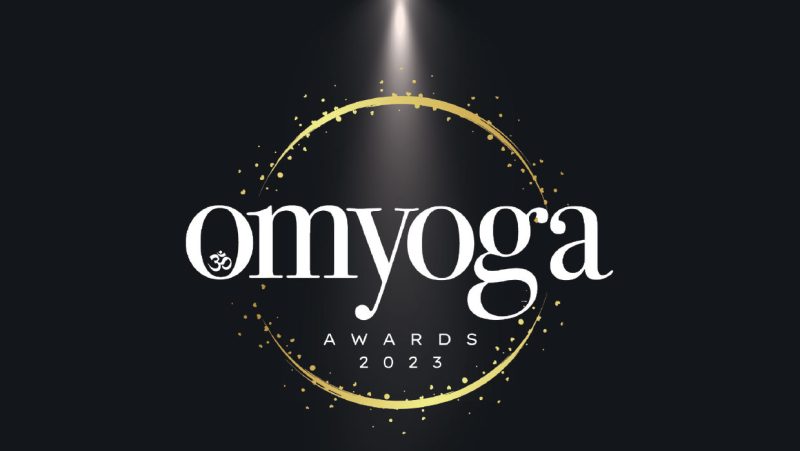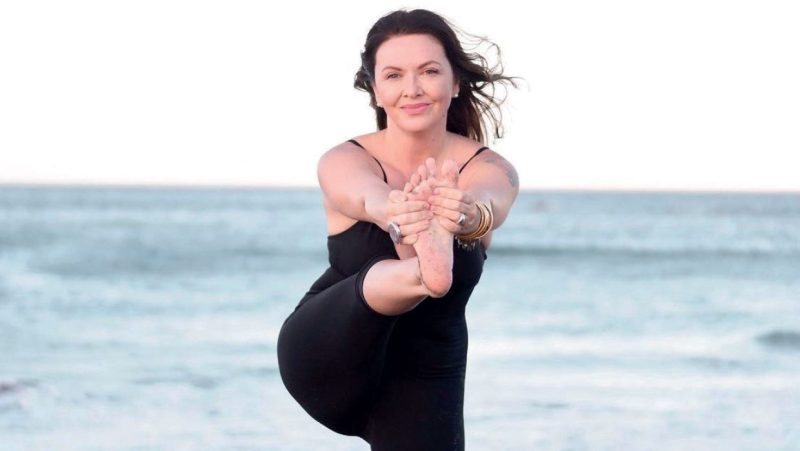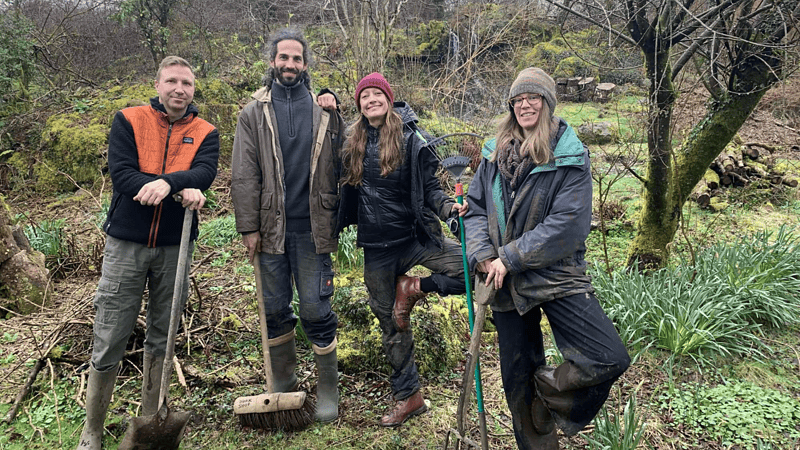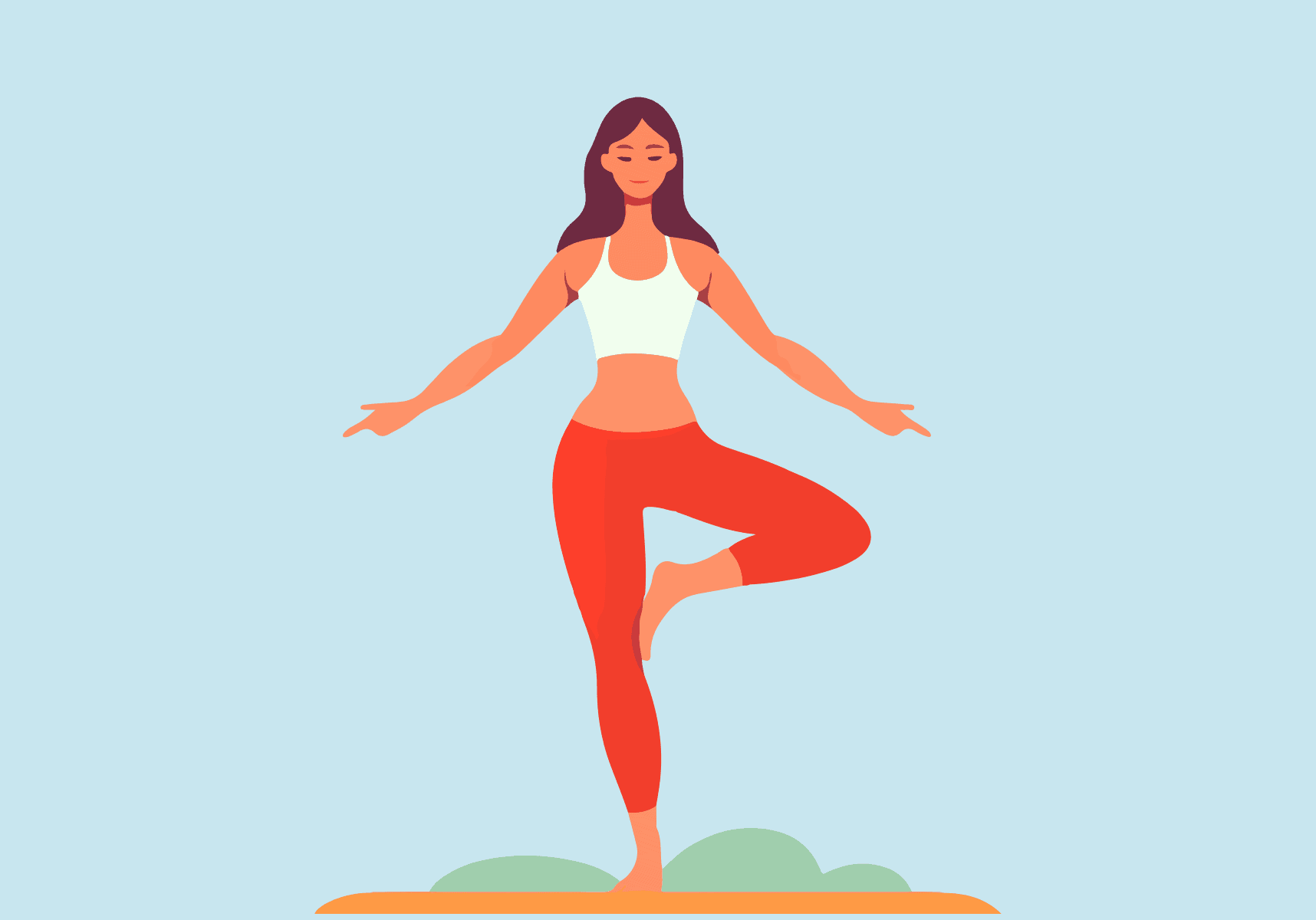
Yoga and Injury
Learning from Setbacks to Enhance Practice and Life - By Natasha Nandini
Reading time: 3 minutes
It’s not fun being injured. As a yoga teacher, when I have had an injury, I have been guilty of thinking “this is it! This is my fate forever more” which sounds ridiculous because it hasn’t healed in three days.
I have also made the mistake, more than once, of prematurely resuming certain postures, feeling that it has healed miraculously, only to find myself catapulted further into an injured state. One good thing about injuries is that we are forced to make changes, and to do this, it’s necessary to look hard and to take stock.
Some common factors contributing to injury include lack of awareness, impatience, ignoring the body’s signals most often because of a set agenda and competitiveness.
While some injuries point to physical limitations, many stem from attitude. My injuries have showed me my shortcomings and attitudes and mindsets, both inherited and developed which need to change. After much trial and error here are some truths I have learned from my injuries.
Force Creates Equal Resistance
In order to avoid this in a pose it helps to approach the boundary of the pose and wait there. Imagine a guardian at the gate. In order to get the gate keeper to open up he has to get to know you, from there he will relax and perhaps open the door a little. By approaching the boundary of one’s capability and waiting there, the body has a chance to come out of defence mode, then after a few breaths the boundary will shift and there is more space to go deeper.
If we continue to do the same thing, we will end up with the same outcome
Old injuries act like little grooves which are much quicker to revisit. To get a different result we have to break the pattern. One way to do this is to view the body as one unit and locate the balance point of the whole. This means looking for the place where no limb is compensating for another.
To correct a body part which is out of alignment it helps to first prepare the rest of the body so that the ideal placement can be maintained. Muscles around the distorted area will have also morphed into the new shape and will need to be brought back to neutral in order to support the correct position.
So it helps to locate the problem and look around it not just at it. Once the root cause is identified and addressed, the body can gradually readjust to its neutral position, restoring balance and harmony to the body and preventing further issues down the line. This helps the stronger parts to take a back seat and gives the weaker parts an opportunity to work more.
Good Foundation Makes for Easy Progress
A sturdy building is purely dependent on its foundation. The same principle is true for the body. A properly constructed foundation distributes the weight of the pose evenly, withstands external forces and ensures the integrity of the whole structure.
By paying attention to spreading the weight evenly across whichever body parts are in contact with the floor and acting as the base can help readjust* the rest of the body.
Acceptance of Where We are and Exploring That
This involves removing any personal agenda we may have. This practice frees up mental space offering the capacity to focus more on the present scenario, using awareness to build the pose and prevents us from going too far too soon, a recipe for injury.
These are a few principles that can help us stay away from injury and if implemented regularly, they can be translated into attitudes which serve us positively in other aspects of life, beyond the mat.
*commission earned from this link.


